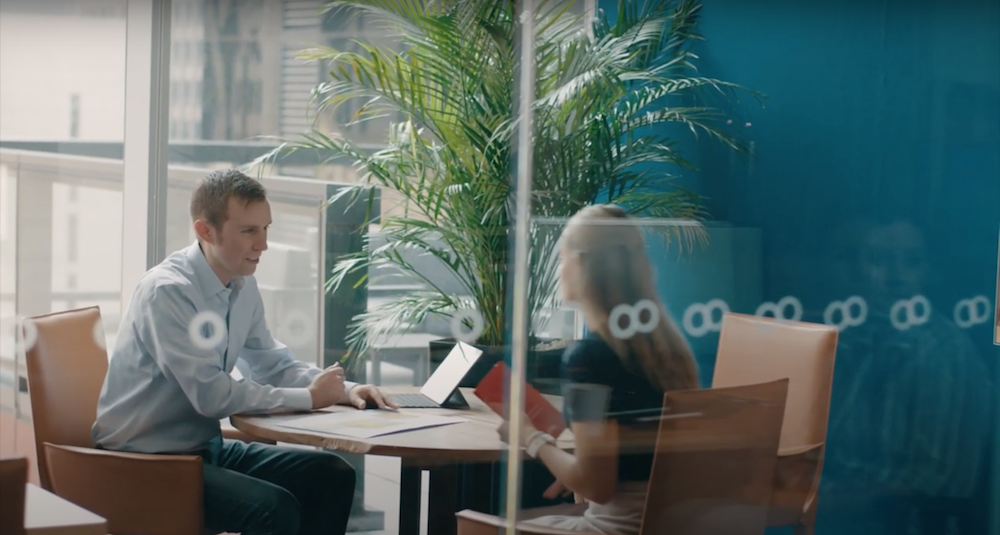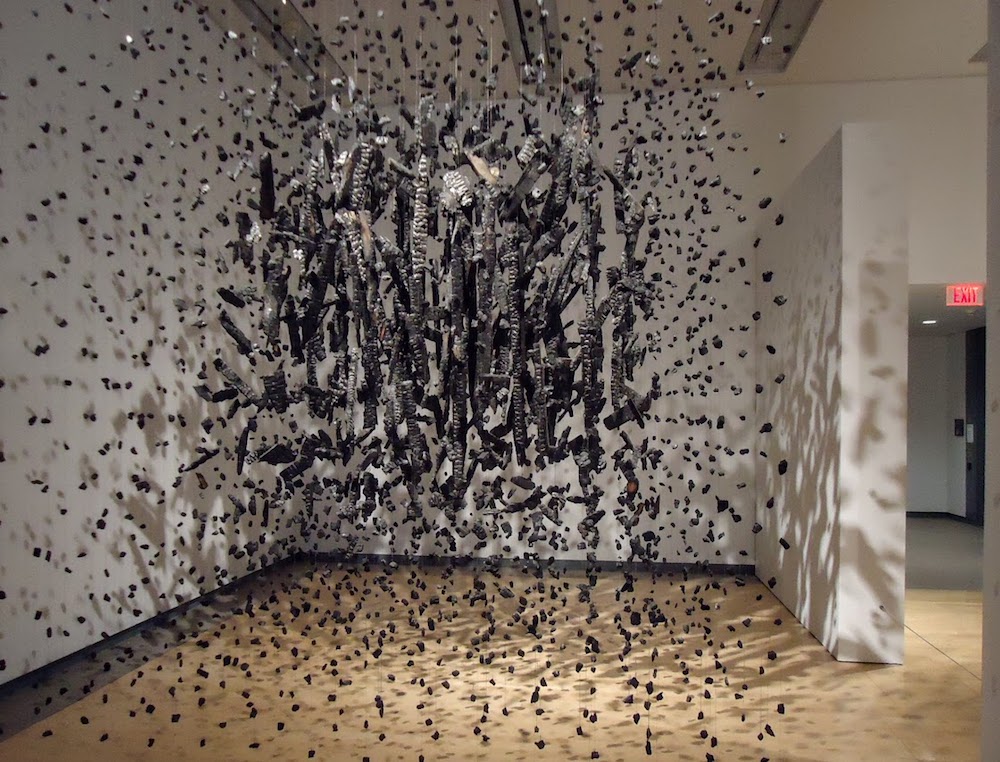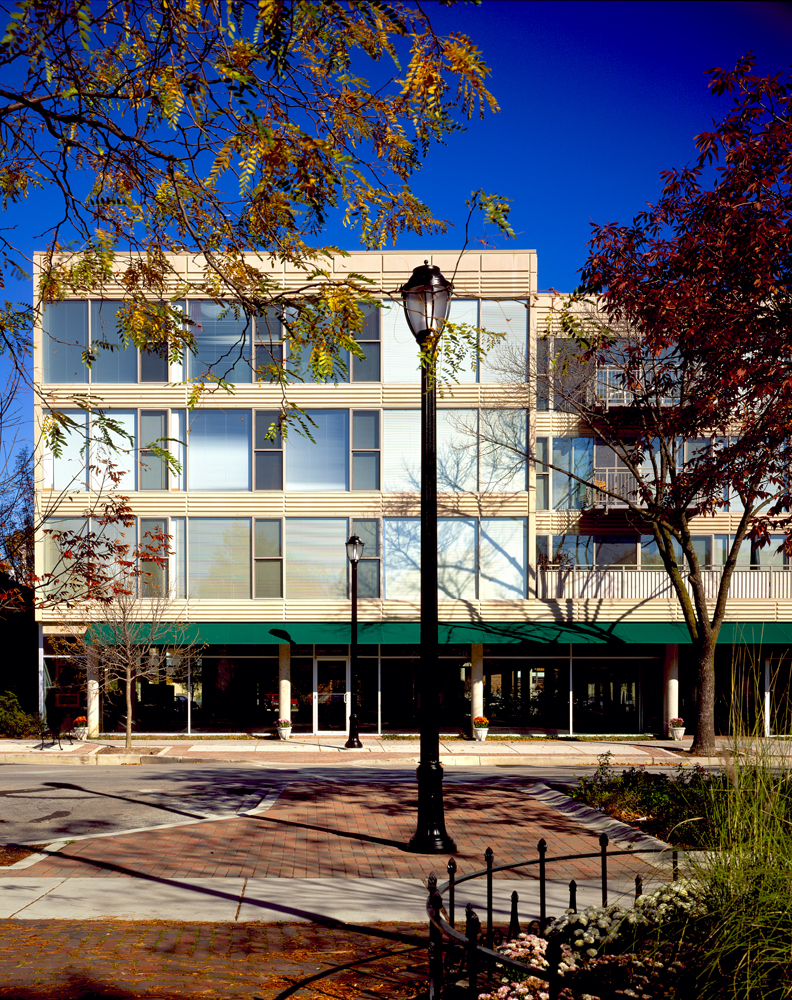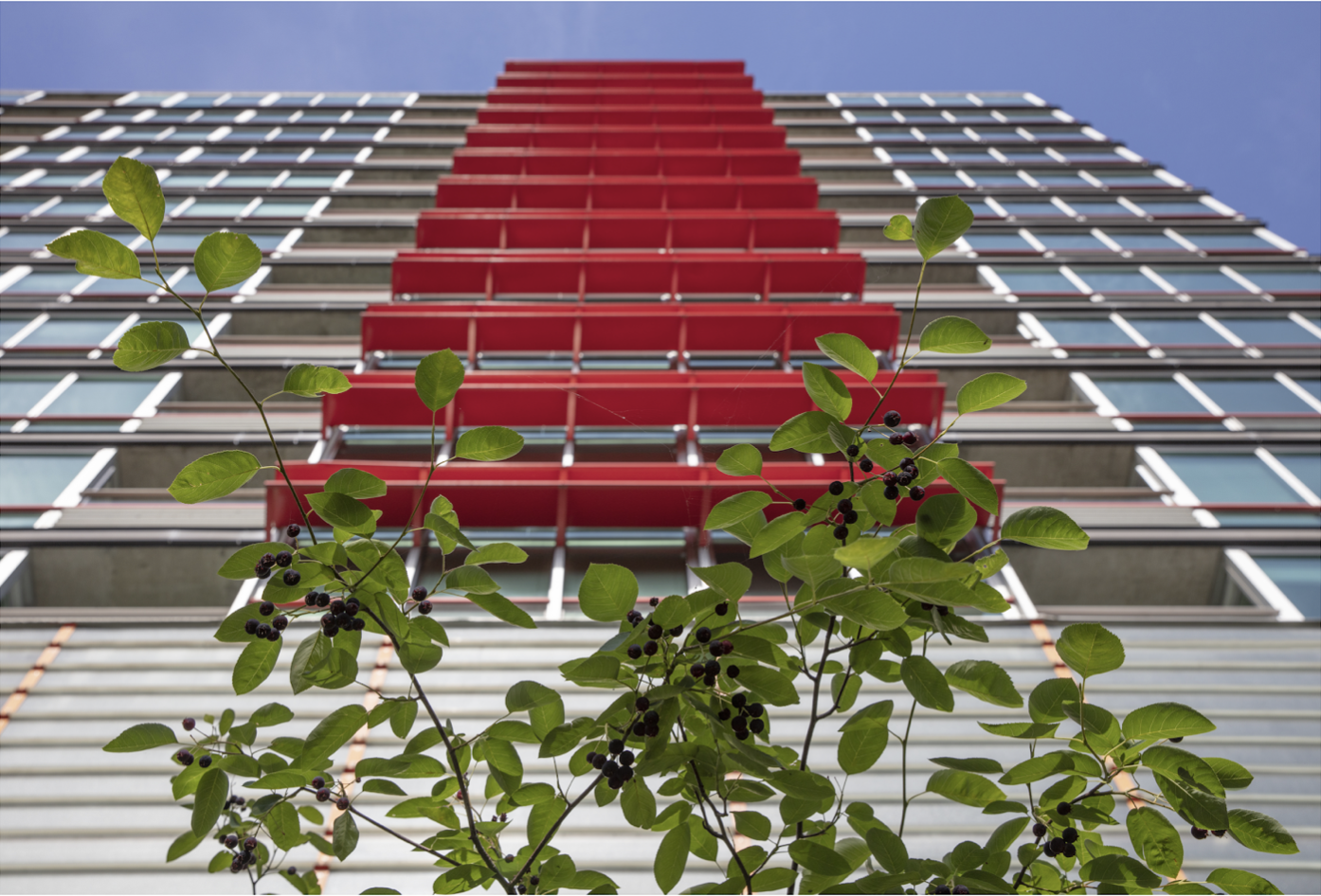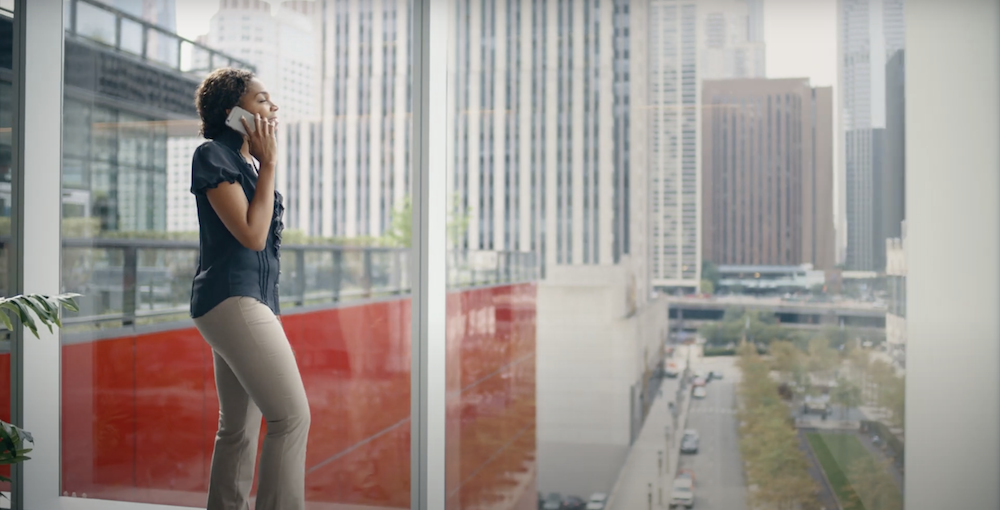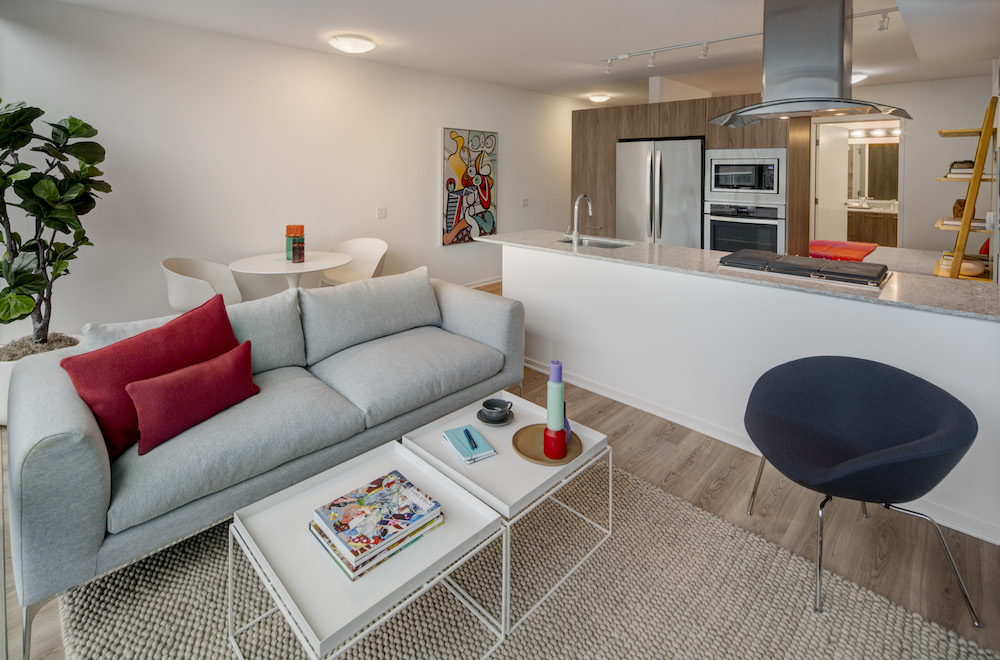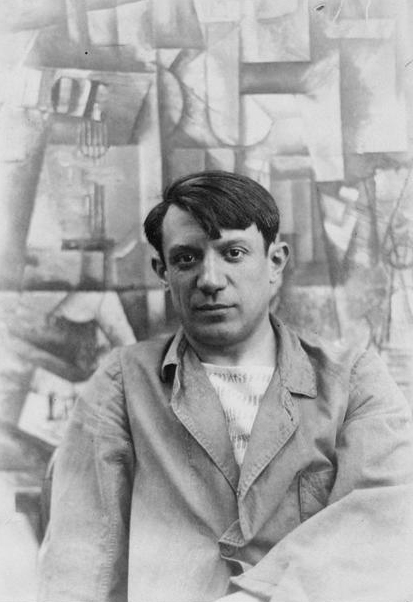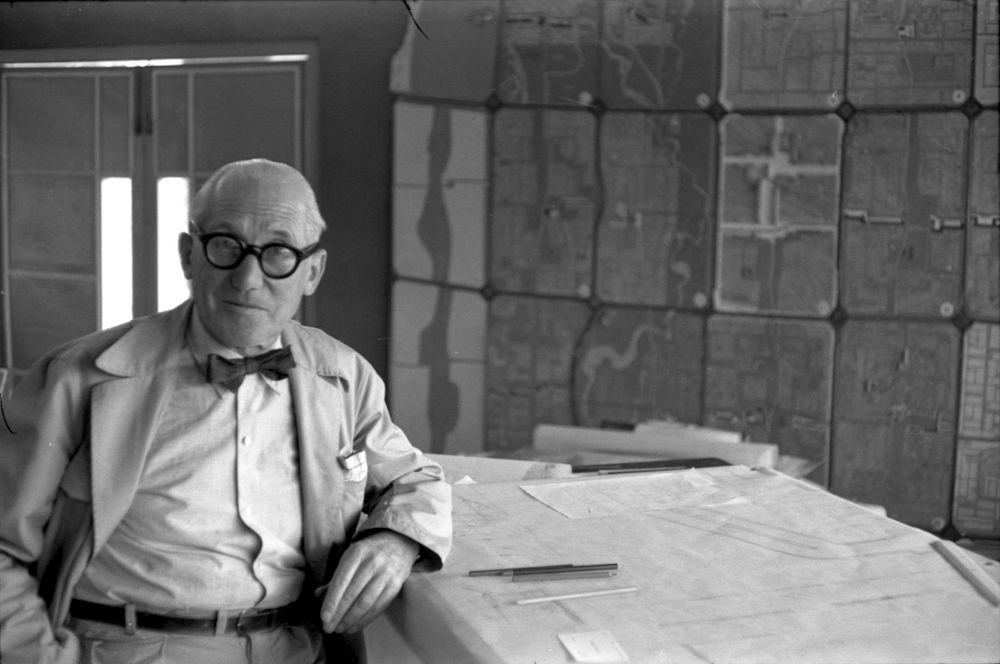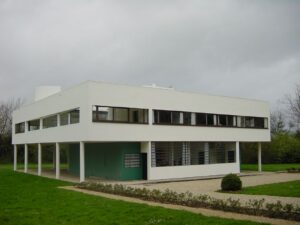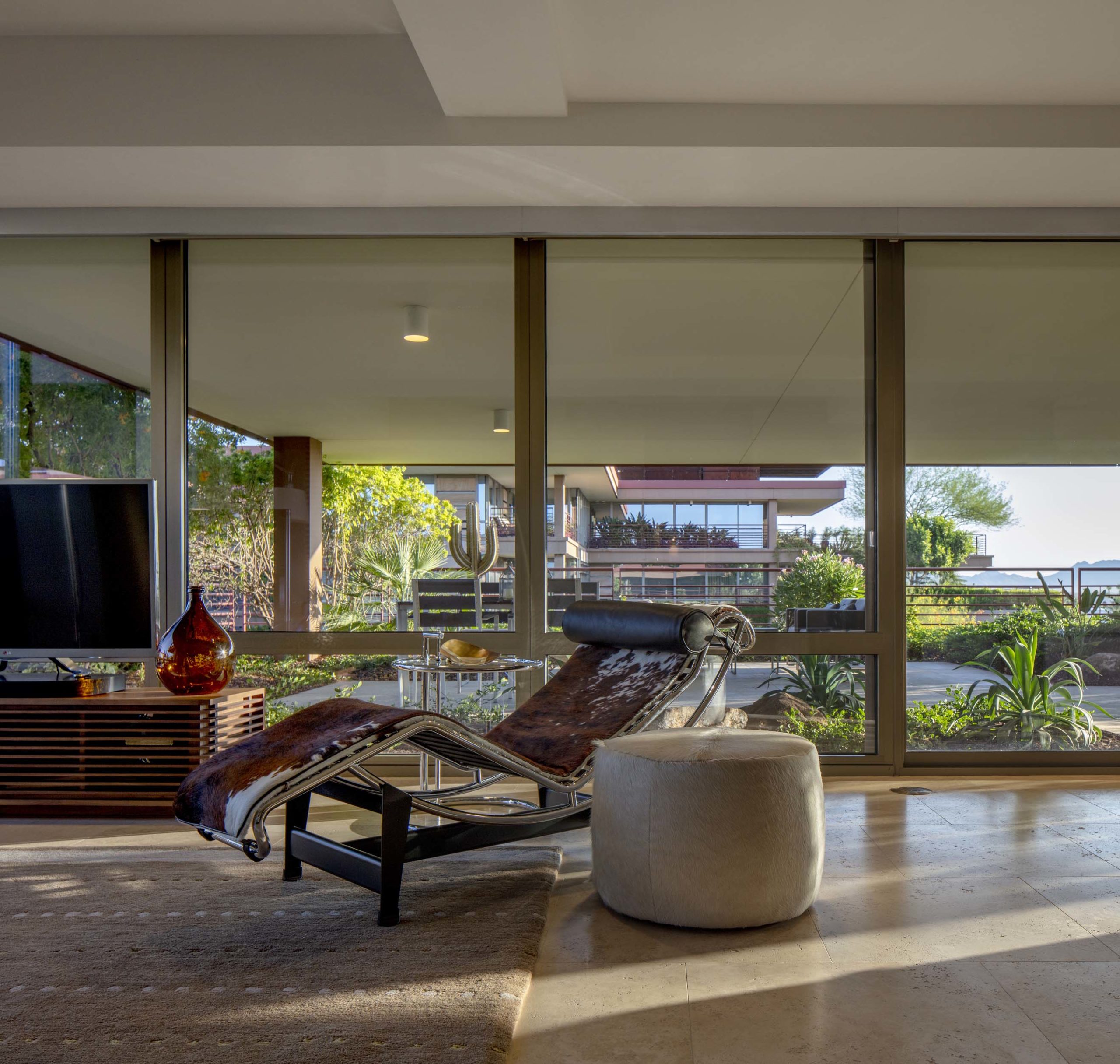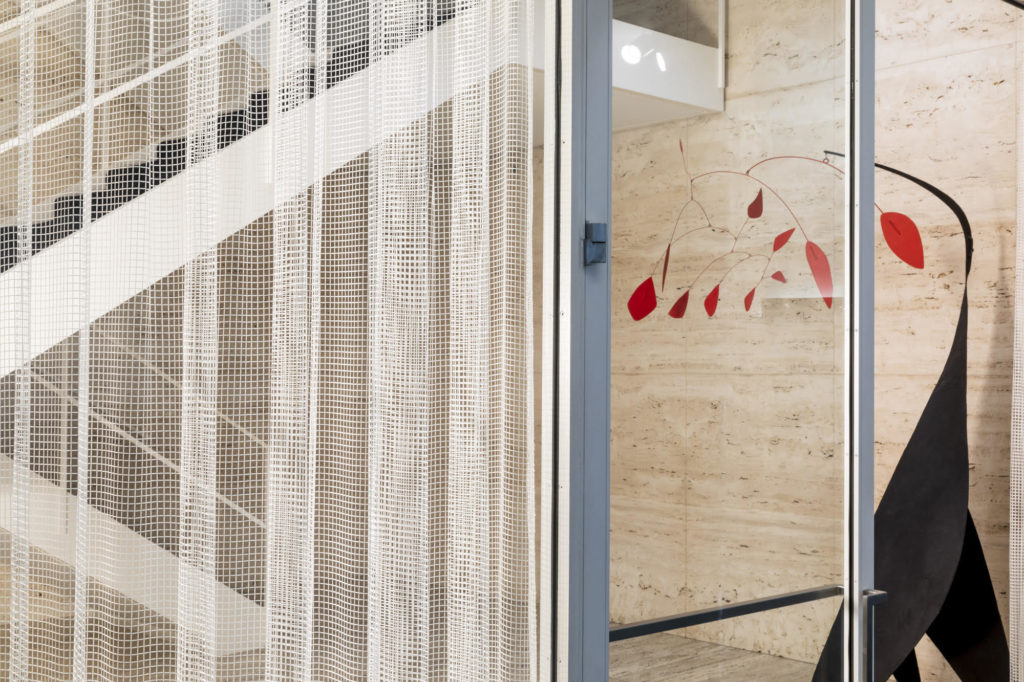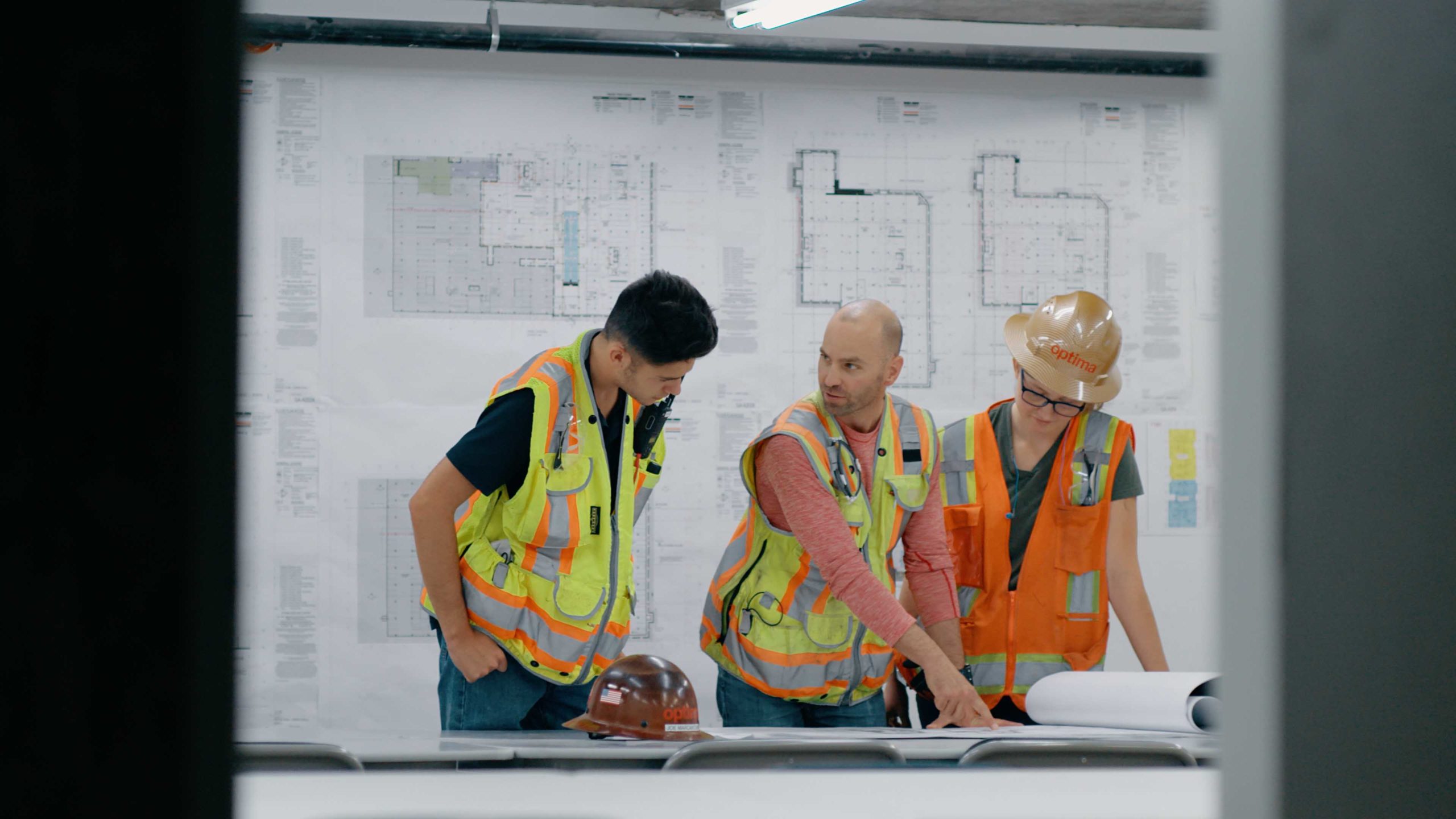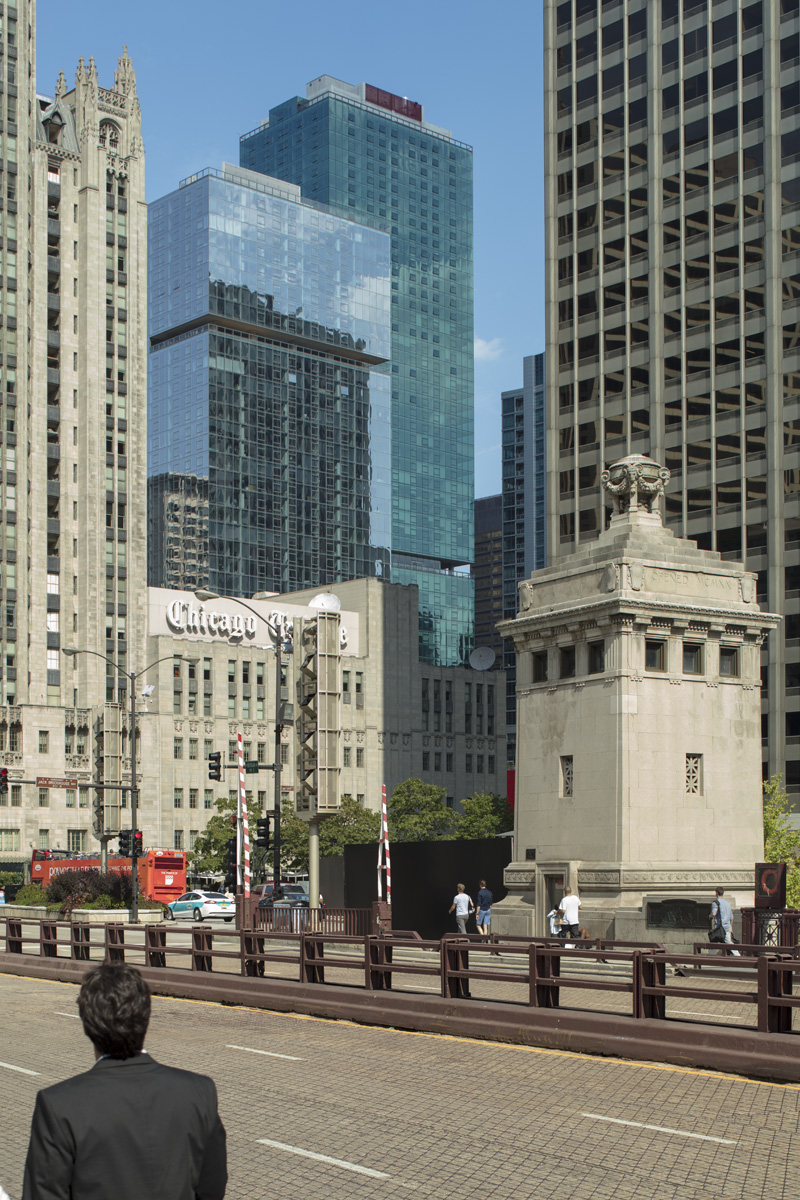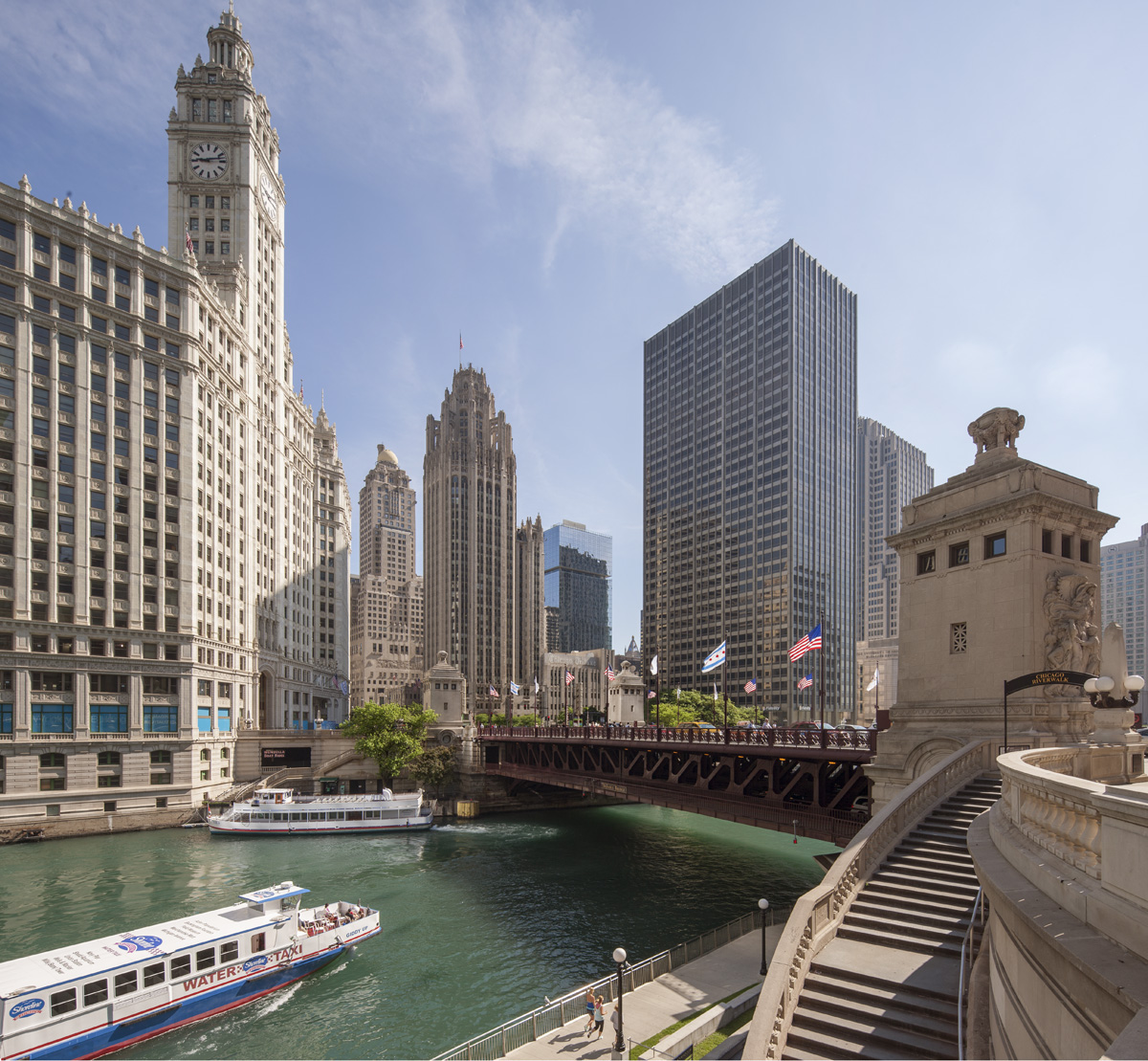The backbone of our success at Optima is the way our team seamlessly communicates, collaborates and comes together. Back in February, we got to know our property management team, and today, we’ll dive into what makes our accounting team so fantastic.
With accounting operating as “the language of business,” we rely on our accounting team to communicate crucial financial information both internally and with our stakeholders. Their ability to communicate through numbers, data and insights is crucial when we seek to build out strategic partnerships, make high-level decisions and continue operating seamlessly, efficiently and smartly.
We couldn’t do what we do without the help of our accounting team — and they couldn’t do what they do without an internal accounting team that celebrates its own culture and values. Here’s what they had to say about working on the accounting team
When asked what makes the team work, Chrissy Battistella, Optima’s Controller, says “Compatible personalities and great leadership.” Aurelia Mustafa, a Property Accountant, second that, saying it’s “a balance blend of personalities and communication.”
As for what they love most about working on the accounting team? Battistella says, “The people. Each team member contributes equally to the team, we all lend a hand to one another when needed. There is always an open line of communication between all the team members and each with their coach.” Szilvia Springer, a Senior Staff Accountant, adds, “Everyone has clear responsibilities, there is no micromanagement. We know what and when to get done.”
With the team being so tight-knit, it’s only natural that they learn from one another on a daily basis. Battistella says what she learned from her coworkers is “patience and teamwork. It takes a lot as a coach to effectively manage my time helping each team member, but they are all patient and respectful of my time as I am of theirs.” Mustafa chimes in, sharing, “They are a sense of support though we work on entirely different projects. Our weekly meetings allow our team to express ourselves speaking on projects we are working on and that sometimes lead to personal conversations in an organic way where we find ourselves exchanging opinions/experiences.”
With our holistic business model that encompasses architecture, development, general contracting, sales/brokerage, asset/property management, and shared services, each of our talented teams are part of what makes Optima great. Think you would be a good fit on the Optima team? Check out our current open positions to inquire about joining our team.
